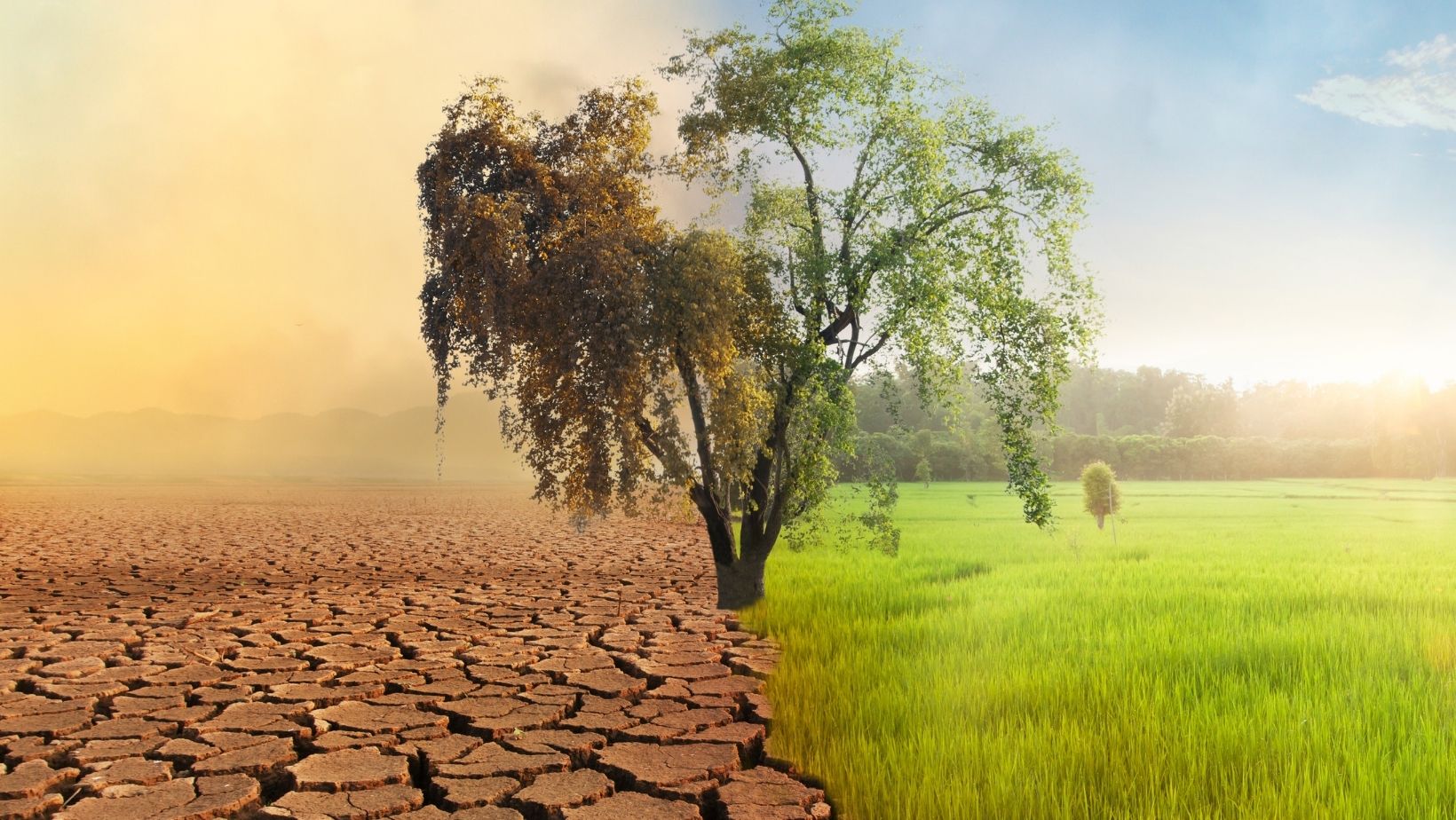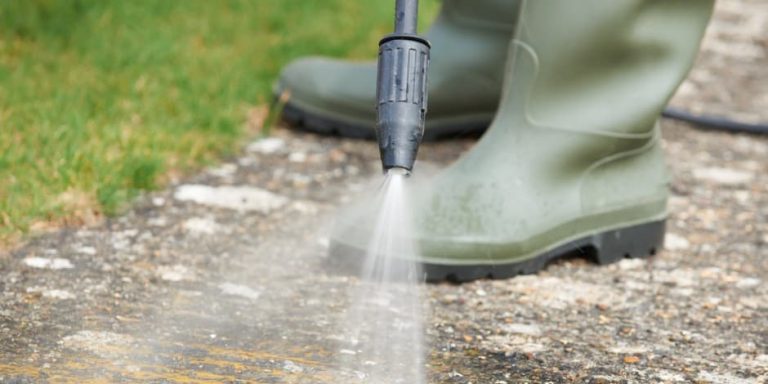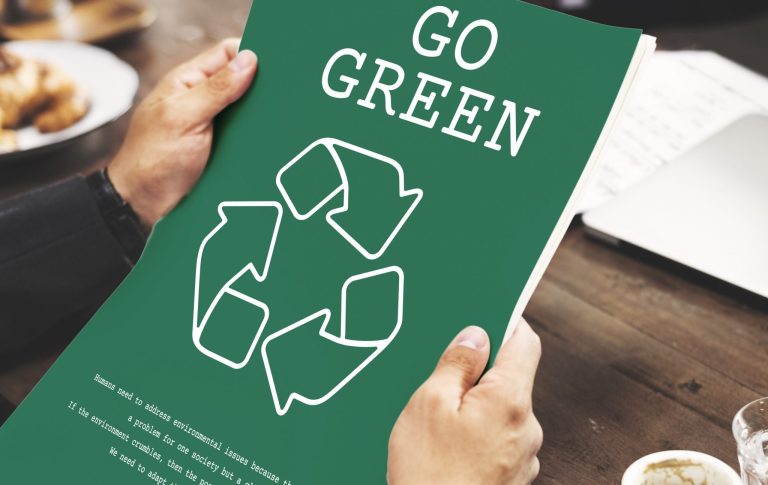
Climate change is transforming nearly every industry—from agriculture and energy to insurance and construction. But one field that often flies under the radar in these discussions is power washing. As weather patterns shift, droughts intensify, and environmental regulations tighten, pressure washing professionals and homeowners alike are being forced to rethink how and when they clean. 🌦️💧
This article explores how climate change is already affecting the power washing industry, what future challenges lie ahead, and how eco-conscious services can adapt to remain effective, compliant, and sustainable.
🔥 More Heat, More Mold, and More Demand
Climate change is leading to longer summers, hotter temperatures, and higher humidity in many regions. While this can make outdoor maintenance more uncomfortable, it also creates the perfect conditions for:
- Mold and mildew growth on siding and roofs
- Algae blooms on decks, fences, and patios
- Pollen accumulation and dust buildup
As a result, homeowners and property managers are seeing an increased need for pressure washing services to maintain curb appeal and sanitation. Ironically, while climate change complicates water use, it also increases the frequency of power washing jobs. 📈
🚱 Droughts and Water Use Restrictions
With rising global temperatures comes a sharp increase in drought conditions, particularly across the western United States, southern Europe, and parts of Australia. Local governments have responded with:
- Outdoor water use restrictions
- Water rationing schedules
- Fines for non-essential use
- Encouragement of xeriscaping (low-water landscaping)
For pressure washers, this creates a major challenge. Traditional power washing systems use 2 to 4 gallons per minute (GPM)—which means a 1-hour job can consume 120–240 gallons of water. 🌵
In drought-prone regions, this kind of water use can be seen as wasteful or even illegal unless strict guidelines are followed. Companies that fail to adapt to these new norms risk losing business—or worse, facing regulatory action.
🌊 Increased Runoff Risks Due to Intense Storms
Climate change doesn’t just bring drought—it also causes more extreme rainfall events. Cities now experience heavier downpours in shorter periods, which:
- Overwhelm stormwater systems
- Increase street flooding
- Send more runoff into rivers, lakes, and oceans
This matters for power washing because runoff from cleaning jobs (especially those using chemicals) often flows directly into storm drains, which are rarely treated. In flood-prone cities, combining stormwater with chemical-laden runoff amplifies water pollution risks.
Municipalities are now putting pressure on contractors to capture, redirect, or filter their runoff—a trend likely to become standard in more regions.
🧪 Tighter Regulations on Cleaning Agents
As environmental awareness grows alongside climate change, governments are cracking down on toxic chemicals used in outdoor cleaning. Pressure washing companies are increasingly restricted in their use of:
- Bleach
- Phosphates
- Petroleum-based degreasers
- Synthetic surfactants
In the EU and parts of the U.S., new laws require contractors to use biodegradable, phosphate-free cleaners, especially near water bodies. This means professionals must stay informed and adjust their product choices or risk penalties.
🌿 Eco-conscious detergents are now in higher demand—and using them is quickly shifting from a niche trend to a basic expectation.
🧠 Innovations Driving Adaptation
The industry is responding to these environmental pressures with some creative innovations:
💧 Water Reclamation Systems
These systems collect, filter, and reuse water on-site. While expensive upfront, they’re a smart investment in water-scarce regions.
🌱 Eco-Friendly Equipment
Newer power washers are designed for lower water consumption and compatibility with biodegradable soaps.
Browse Amazon Here For Biodegradable Pressure Washing Detergents
📱 Scheduling Software
To minimize environmental impact, businesses use scheduling tools to group nearby jobs, reducing emissions and avoiding washing during poor weather conditions.
🔋 Electrification
Electric pressure washers are quieter, cleaner, and better for urban environments, reducing emissions tied to climate change.
🏙️ Urban Infrastructure and Climate Pressure
Cities are expanding green spaces and permeable surfaces to reduce urban heat and absorb stormwater. But these changes alter how pressure washing works. Cleaning permeable pavers or green roofs requires:
- Lower PSI
- Specific nozzles
- Eco-safe detergents
- Increased awareness of runoff direction
Urban cleaning is no longer one-size-fits-all. Power washing companies must learn how to work with the environment—not against it—to remain relevant and responsible. 🌇
🧼 Tips for Power Washing in a Changing Climate
Whether you’re a homeowner or a professional, here are smart ways to adapt your cleaning practices to climate reality:
- Check local water restrictions before washing
- Use low-flow equipment to reduce water usage
- Always choose biodegradable, non-toxic cleaners
- Avoid washing during stormy weather or high heat
- Redirect or capture runoff to prevent contamination
- Use soft washing when possible to reduce spray force and splash
- Stay up to date on climate regulations for your city or county
🌎 Final Thoughts
Climate change isn’t coming—it’s already here. And it’s reshaping the way we clean the world around us. The power washing industry must evolve to stay sustainable, compliant, and effective. 🌤️
That means smarter water use, safer chemicals, better equipment, and a stronger commitment to protecting the environment. Whether you’re a homeowner cleaning your deck or a contractor managing large-scale jobs, embracing eco-conscious practices isn’t just a trend—it’s the future of power washing.
Browse Amazon Here For Top Rated Power Washers And Accessories






